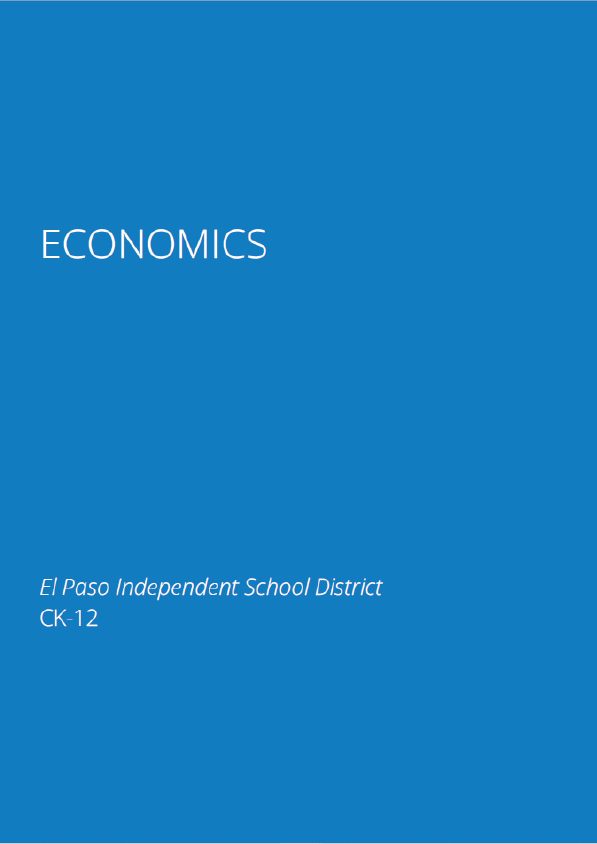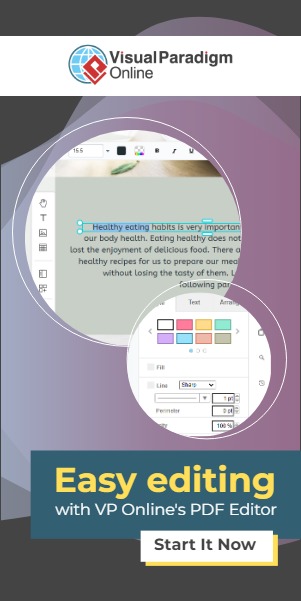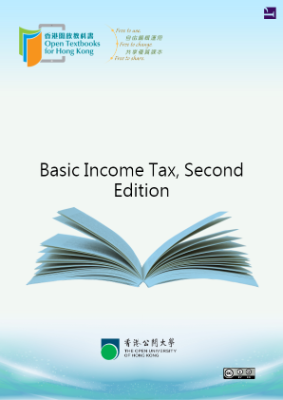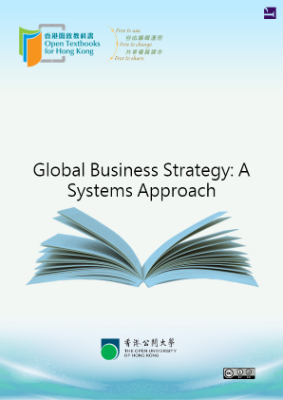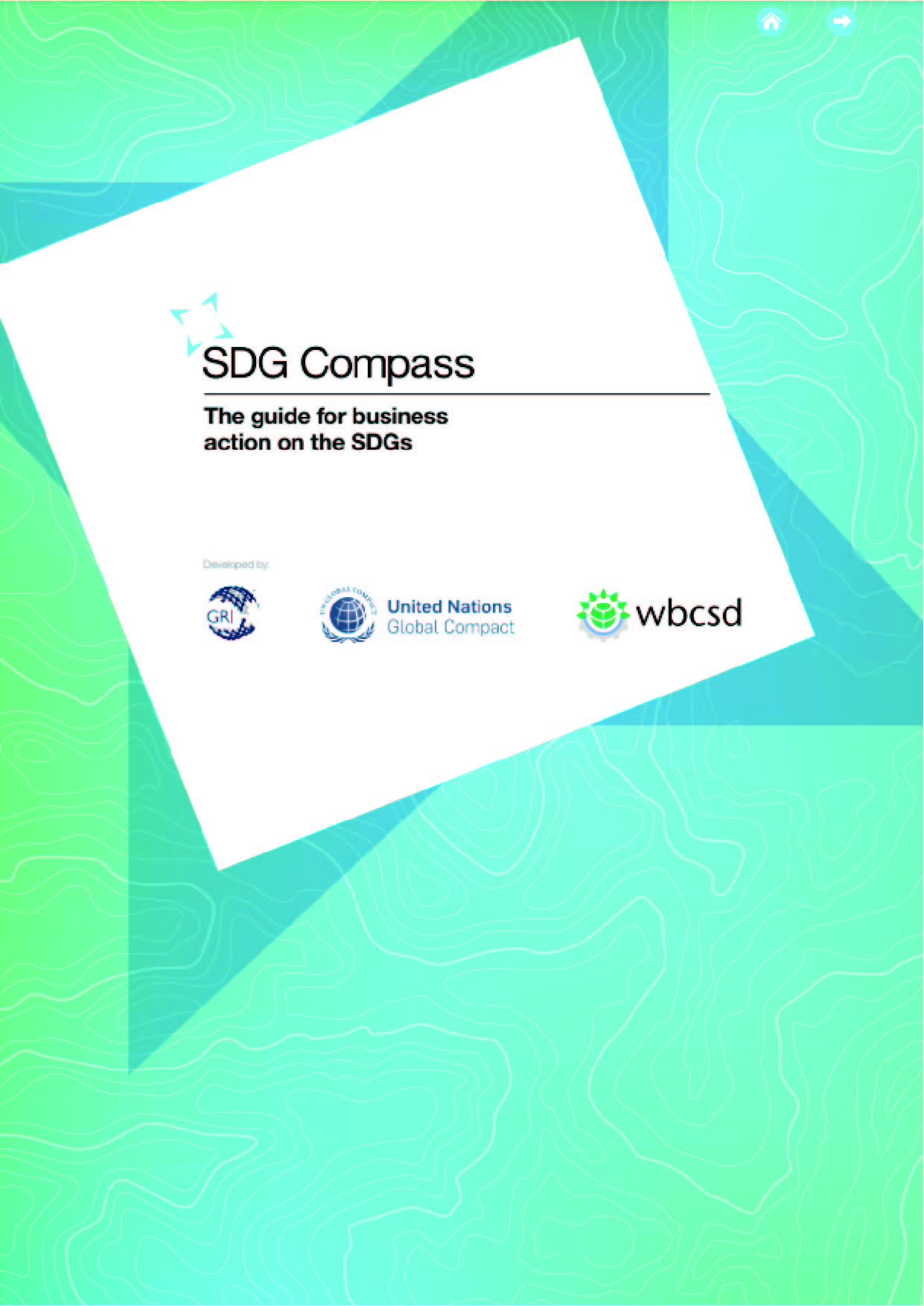Applying the Economic Way of Thinking
Certain global environmental issues, such as global warming and biodiversity, spill over national borders and will need to be addressed with some form of international agreement. Depending on their different income levels and political preferences, countries are likely to make different choices about allocative efficiency—that is, the choice between economic output and environmental protection along the production possibility frontier. However, all countries should prefer to make a choice that shows productive efficiency—that is, the choice is somewhere on the production possibility frontier rather than inside it.
First Objection: People, Firms, and Society Do Not Act Like This!
The economic approach to decision-making seems to require more information than most individuals possess and more careful decision-making than most individuals actually display. After all, do you or any of your friends draw a budget constraint and mutter to yourself about maximizing utility before you head to the shopping mall? Do members of the U.S. Congress contemplate production possibilities frontiers before they vote on the annual budget? The messy ways in which people and societies operate somehow doesn’t look much like neat budget constraints or smoothly curving production possibilities frontiers.
However, the economics approach can be a useful way to analyze and understand the tradeoffs of economic decisions even so. To appreciate this point, imagine for a moment that you are playing basketball, dribbling to the right, and throwing a bounce-pass to the left to a teammate who is running toward the basket. A physicist or engineer could work out the correct speed and trajectory for the pass, given the different movements involved and the weight and bounciness of the ball. But when you are playing basketball, you do not perform any of these calculations. You just pass the ball, and if you are a good player, you will do so with high accuracy.
Someone might argue: “The scientist’s formula of the bounce-pass requires a far greater knowledge of physics and far more specific information about speeds of movement and weights than the basketball player actually has, so it must be an unrealistic description of how basketball passes are actually made.” This reaction would be wrongheaded. The fact that a good player can throw the ball accurately because of practice and skill, without making a physics calculation, does not mean that the physics calculation is wrong.
